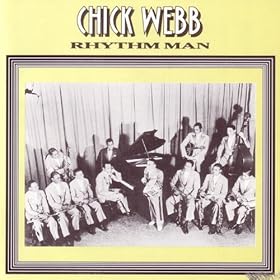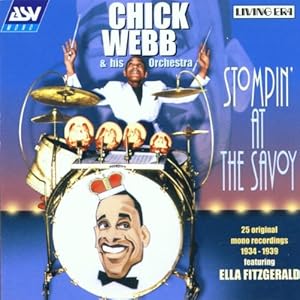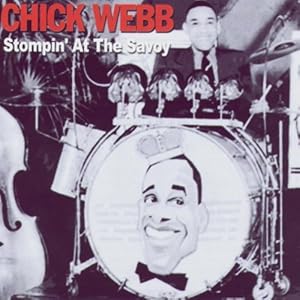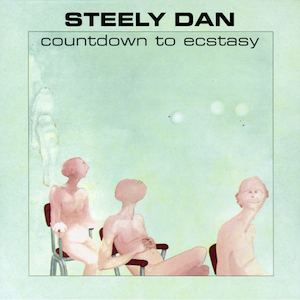All three records feature common selections in the playlists, all are released as public domain music by UK labels, but that's about where the similarities stop. If I could pick only one, I'd go with Rhythm Man. It has superior audio (transfers by John R.T. Davies), detailed liner notes including arranger credits and order of soloists, and two versions each of "Blue Minor" and "On the Sunny Side of the Street." If I could pick two of the three, then the ASV disc is the next clear winner. It has bright audio with excellent definition up top, but somewhat stingy in the low end. Like the Stompin' disc by Fab, it includes some later material not heard on the Hep release (hear "A-Tisket, A-Tasket"). Fab's Stompin' suffers from dismal and murky audio that sounds like gratuitous noise reduction, as well as some artificial reverb and overly loud levels. For all of its clarity and definition, the ASV's Stompin' sounds like it could be running a bit fast. Given, the difference in speed is only really apparent by listening to the two discs in contrast. Presently supplies are limited and ASV/Living Era imprint is defunct so better get on the stick if you'd like to own one today.
The following is a summary breakdown of each album, and should it interest you, I prepared a .PDF to download here which graphically compares the playlists of each album.
Rhythm Man
Hep Records
HEP CD 1023
Has a lot of earlier material, not included on either of the others. Excellent audio definition, transfers done by John R.T. Davies. Best liner notes and discographical information. Lacks later material, and there are no vocals by Fitzgerald. Two versions each of "Blue Minor" and "On the Sunny Side of the Street."
Stompin' at the Savoy
ASV/Living Era (imprint)
CD AJA 5416
Contains everything on FABCD 119 except five songs. Lacks earlier material found on HEP CD 1023. Good definition and clarity, however, sounds like maybe running fast. Lower end tends to lack body. Later recording of "Sunny Side" and "Blue Minor." Fitzgerald on "A-Tisket, A-Tasket." Out of print and limited availability. Pretty good liner notes.
Stompin' at the Savoy
Fabulous
FABCD 119
Similar playlist as CD AJA 5416. Muddy sound lacks definition and high range possibly due to noise reduction. Is that artificial "concert hall" reverb that I hear? Boo! Speeds seem inconsistent - some too fast, others too slow. Levels are hotter than ASV, and a little less than Hep. Earlier recording of "Blue Minor." Limited liner notes and discographical information.










